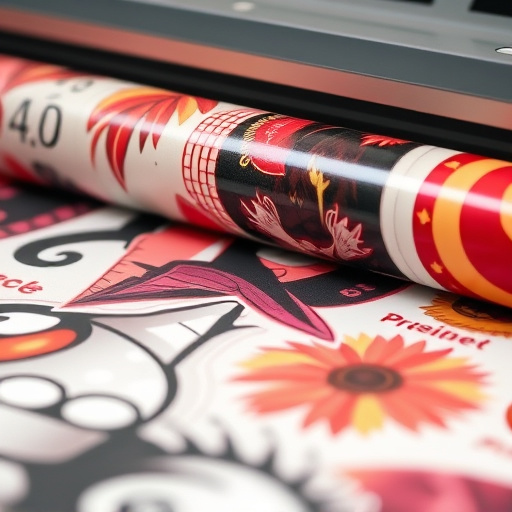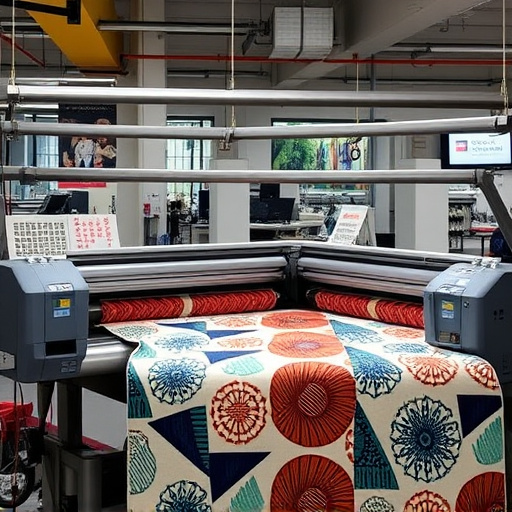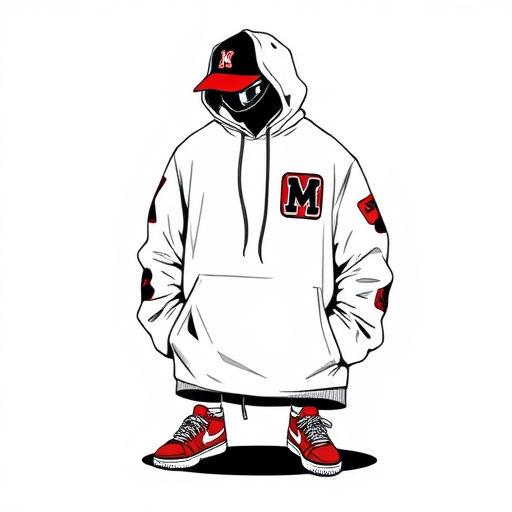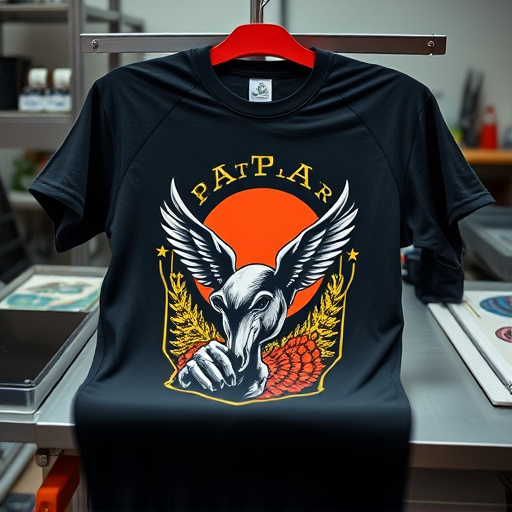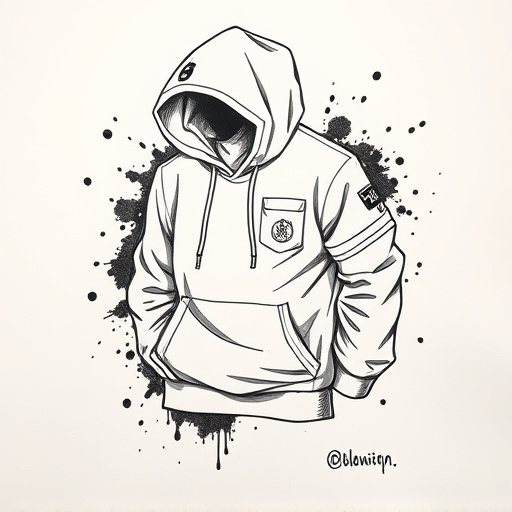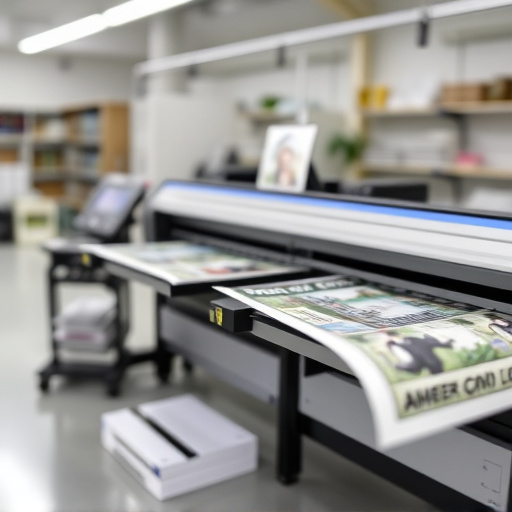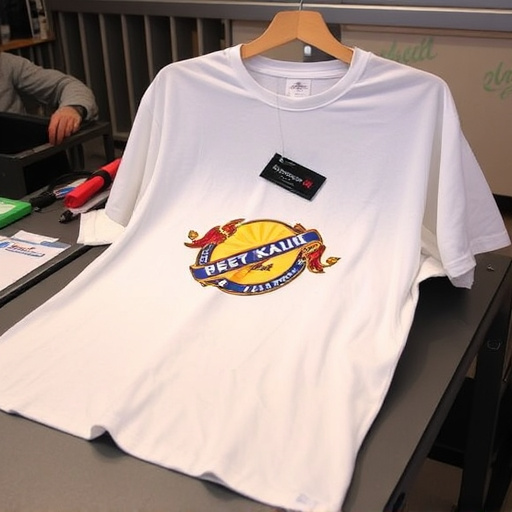Collaboration across sectors drives DTF Industry Growth through enhanced product quality, reduced production times, and expanded design possibilities. Strategic partnerships between designers and manufacturers, efficient communication, and technology adoption boost productivity, adapt to trends, and increase market reach, solidifying DTF printing as a game-changer in the industry's growth trajectory.
Collaboration is the driving force behind the dynamic growth of the Direct-to-Consumer (DTF) industry. In today’s competitive landscape, brands that harness the power of teamwork are poised for significant expansion. This article explores how strategic alliances and unified efforts can unlock unprecedented opportunities for DTF businesses. We delve into proven strategies to foster effective collaboration, highlighting key metrics to measure success in scaling operations. By understanding these dynamics, DTF industry players can harness collective strength to drive market growth.
- Unlocking Potential: Collaboration's Role in DTF Growth
- Strategies for Effective DTF Industry Teamwork
- Measuring Success: Collaboration's Impact on DTF Expansion
Unlocking Potential: Collaboration's Role in DTF Growth
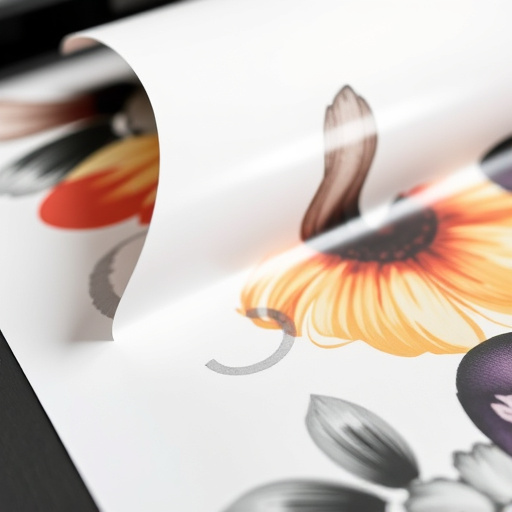
In today’s dynamic market, collaboration emerges as a powerful catalyst for the DTF (Direct to Fabric) industry’s growth potential. By fostering partnerships across various sectors, from manufacturers to designers and retailers, innovation in DTF printing for t-shirts and other textiles is accelerated. This collective effort leads to the development of new techniques, such as advanced DTF transfer sheets, that enhance product quality, reduce production times, and open doors to endless design possibilities.
The synergy created through collaboration allows for shared knowledge, resources, and expertise, pushing the boundaries of what’s achievable in the DTF space. This, in turn, drives market demand by appealing to consumers’ diverse aesthetic preferences and fueling trends that disrupt traditional fashion landscapes. As a result, the DTF printing process becomes more efficient, accessible, and adaptable, solidifying its position as a game-changer in the industry’s growth trajectory.
Strategies for Effective DTF Industry Teamwork
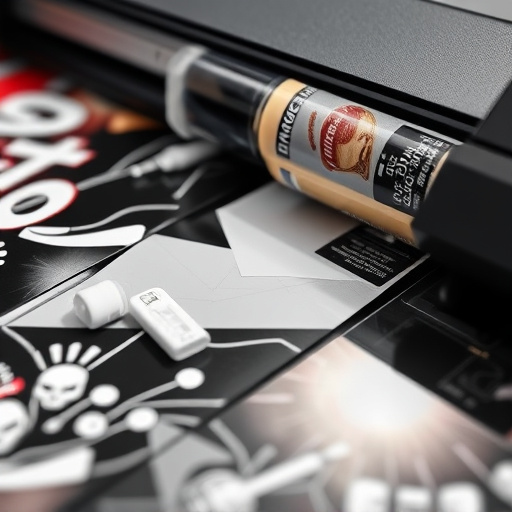
In the dynamic landscape of the DTF (Direct-to-Final) industry, fostering effective teamwork is a game-changer for achieving significant growth. Collaboration becomes the cornerstone when teams work cohesively to navigate the intricate process of custom t-shirt design and dtf transfers. One of the primary strategies involves breaking down silos and encouraging open communication channels. When team members from various departments—design, production, marketing, and sales—connect seamlessly, it leads to innovative ideas and efficient problem-solving.
Moreover, establishing clear objectives and roles ensures that everyone contributes towards the common goal of DTF industry growth. Regular meetings and transparent feedback sessions help align individual efforts, enabling the team to adapt swiftly to market trends and customer demands. Embracing technology also plays a vital role; utilizing collaborative software and digital communication tools facilitates real-time sharing and editing of designs, expediting the entire process. Such strategies not only enhance productivity but also instill a sense of collective ownership, driving the DTF industry towards new heights in terms of growth potential.
Measuring Success: Collaboration's Impact on DTF Expansion
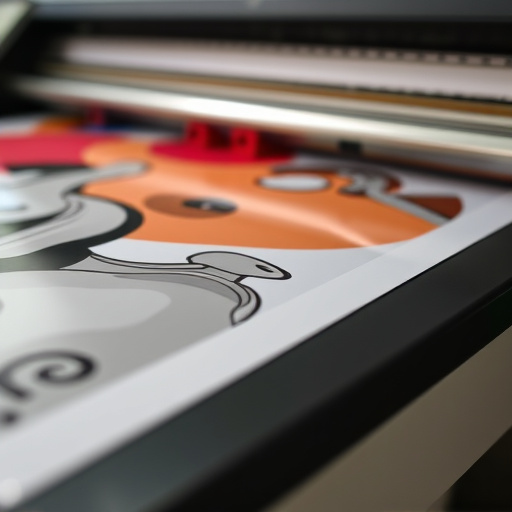
Measuring success in the dynamic DTF (Direct to Fabric) industry requires a nuanced understanding of how collaboration drives growth. While financial metrics like revenue and market share are essential, they only scratch the surface. The true impact of collaboration lies in its ability to amplify innovation, streamline production processes, and expand geographical reach. For instance, partnerships between designers and manufacturers can lead to the development of unique DTF transfer designs that capture consumer trends, ultimately boosting sales.
Moreover, collaborative efforts in bulk DTF shirt production enable businesses to capitalize on economies of scale, reducing per-unit costs and making custom apparel more accessible to niche markets. The widespread availability of high-quality DTF heat transfer paper, a critical component in the process, further fuels this growth by simplifying application and ensuring consistent results. This interconnected web of collaboration fosters an environment where creativity meets efficiency, ultimately propelling the DTF industry towards new heights of success.
Collaboration is the key driver behind the significant growth potential of the DTF Industry. By fostering robust teamwork and knowledge sharing, companies can unlock new opportunities, enhance innovation, and expand their market reach. The strategies outlined in this article provide a roadmap for successful collaboration, while measuring success through expanded DTF industry presence demonstrates the tangible impact of teamwork on overall growth.





